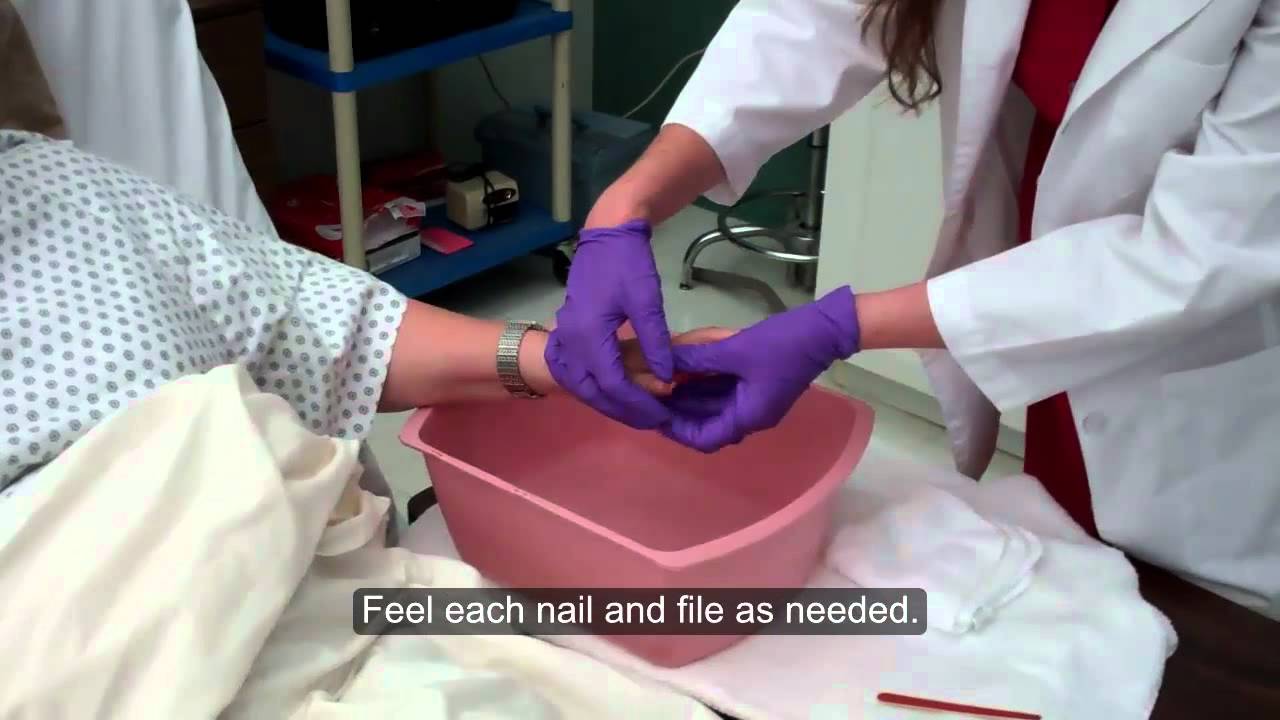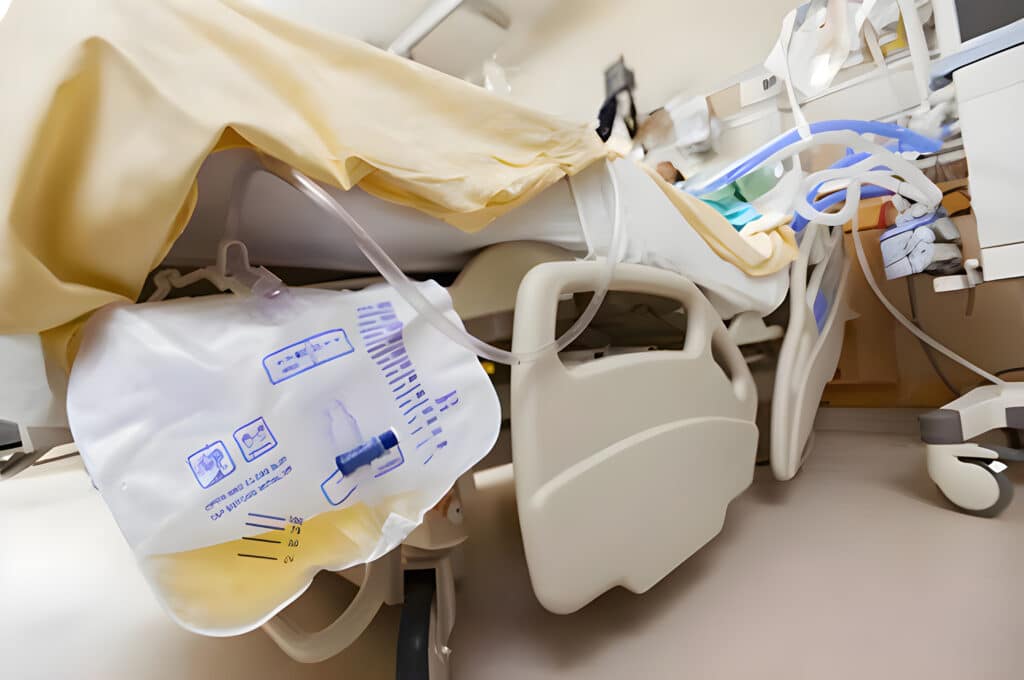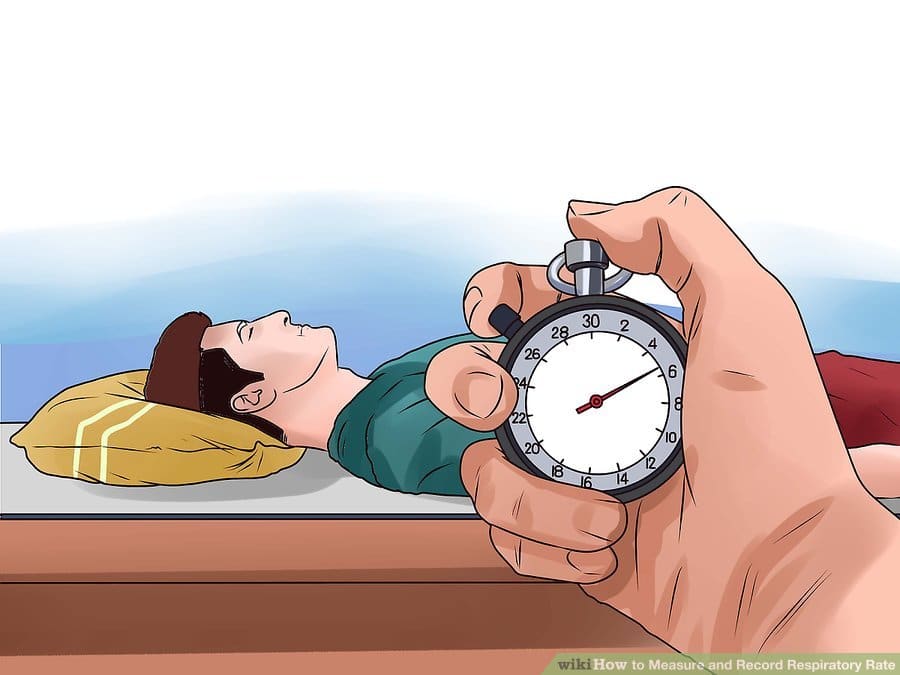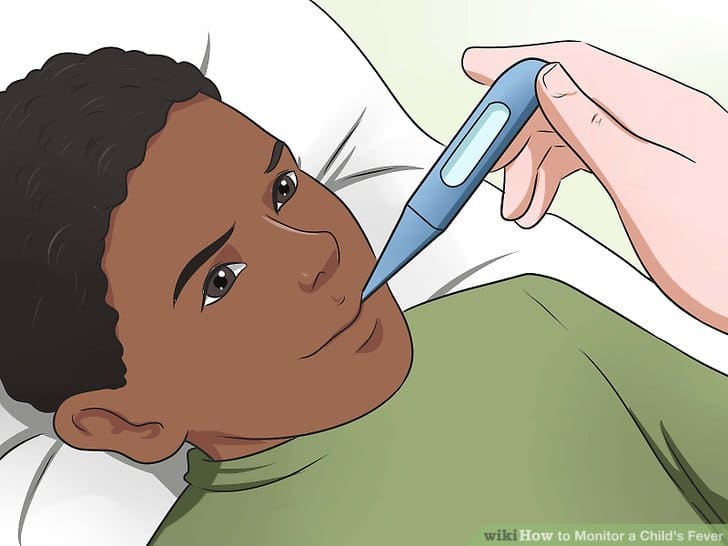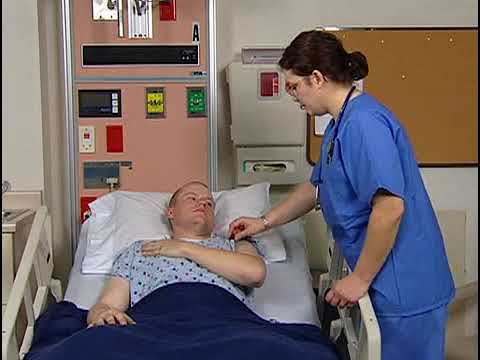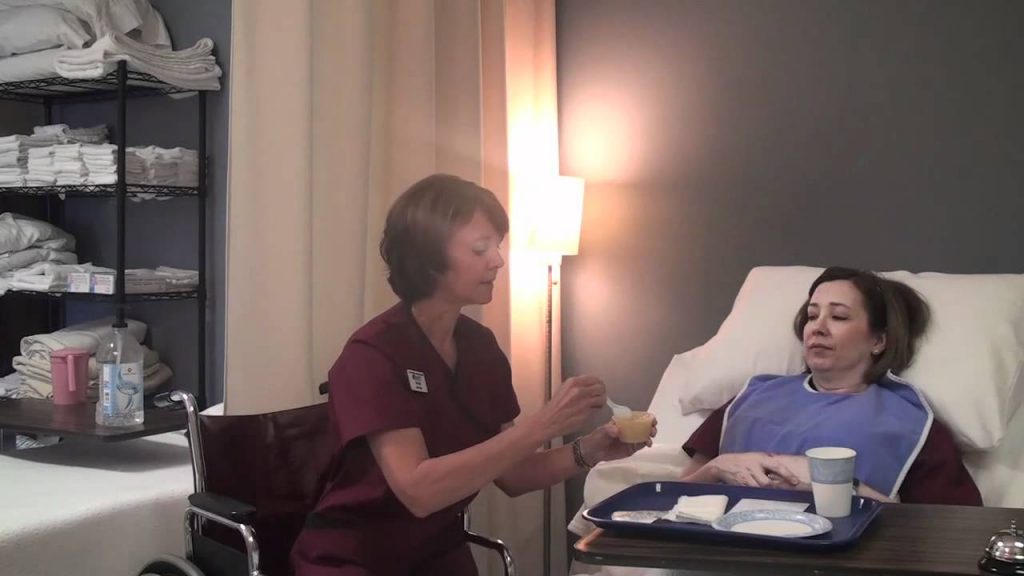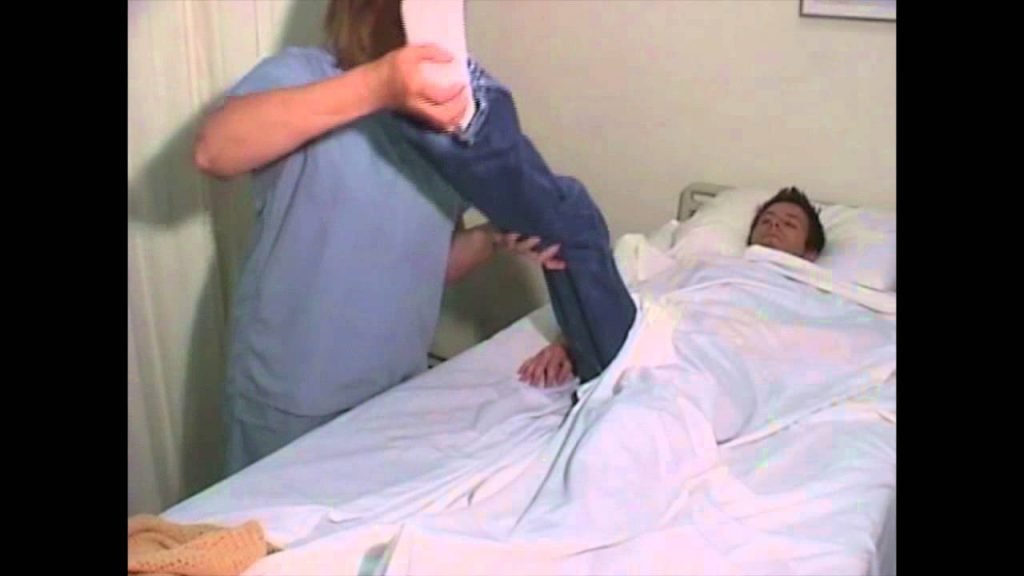Written by Amanda R. McDaniel, MS, BSN, RN
Amanda is a BSN/RN with a MS in Physiology and a BA in English. She worked as a medical writer in the pharmaceutical industry for 11 years before pursuing a career in nursing. She now works as a nurse on a NeuroTelemetry unit and continues to write and edit on a freelance basis. Amanda’s LinkedIn
Nail care of both the feet and the hands should be performed as part of the patient’s daily hygiene routine. The status of the patient’s nails can reflect their overall health. Nail issues can also lead to infection that can spread systemically (ex, ingrown nails or fungus). You should never clip a patient’s nails with nail clippers, and always review your institution’s policy about what nail care is allowed.
Performing Nail Care
- Collect your supplies.
- Wash, or emesis basins
- Towels
- Soft nail or cuticle brush
- Nail file or emery board
- Applicator stick (plastic is preferred to wood to avoid splinters)
- Gloves
- Introduce yourself to the patient, perform hand hygiene, and put on gloves. Explain that you are going to take care of the nails on their hands and feet.
- Assist the patient to a chair, or seat them on the side of the bed if doing toenail care.
- Move the bedside table to a comfortable height over the patient’s lap if doing fingernail care.
- Fill the wash basin (for feet) and emesis basin(s) (for fingers) with warm water. Be sure to test the water temperature. Many patients (especially the elderly), have decreased sensation in their feet and hands and are at high risk for scalding injuries.
- Place the wash basin on a towel on the floor and place the patient’s feet in the wash basin.
- Lay a towel on the bedside table before placing the emesis basin on it. Have the patient place their fingers in the emesis basin.
- Allow hands and feet to soak for at least 10 minutes.
- As the hands and feet soak, carefully clean under the nails with the applicator stick.
- Using the nail or cuticle brush, clean around the cuticles.
- Remove the patient’s hands and feet from the basins and dry them thoroughly.
- If allowed by institutional or unit policy, use the emery board or nail file to gently remove any sharp corners from the nails.
- Empty the basins and dry any spills. Help the patient back to bed or to a comfortable position.
- Remove gloves and perform hand hygiene.
- Record the hygiene procedure per institutional or unit policy. Report any patient complaints of pain or tenderness or any signs of nail infections such as redness, unusual warmth, swelling, or misshapen nails to the nurse per policy.
Amanda R. McDaniel, MS, BSN, RN
References
Hygiene. (2014). In A. G. Perry, P. A. Potter, and W. R. Ostendorf (Eds), Clinical nursing skills & techniques (8th ed., pp. 420-424). St. Louis, MO: Mosby Elsevier.

